fá
lack
Original meaning:
crooked
Derived from 正, but with the line on top slanted to indicate "crooked (i.e. not straight)". The meaning later shifted to "lack".
Evolution

Bronze script
Late Warring States (~250 BC)
Seal script
Shuowen (~100 AD)
Clerical script
Eastern Han dynasty (25-220 AD)Regular script
ModernDefinitions
Most common words with 乏
Freq. | Word | Meaning |
|---|---|---|
to lack | ||
tedious | ||
there is no lack of | ||
weak | ||
to be deficient in sth |
Component uses
Unknown component in 1 character (0 verified)
Sources
季旭昇《說文新證》p.121
